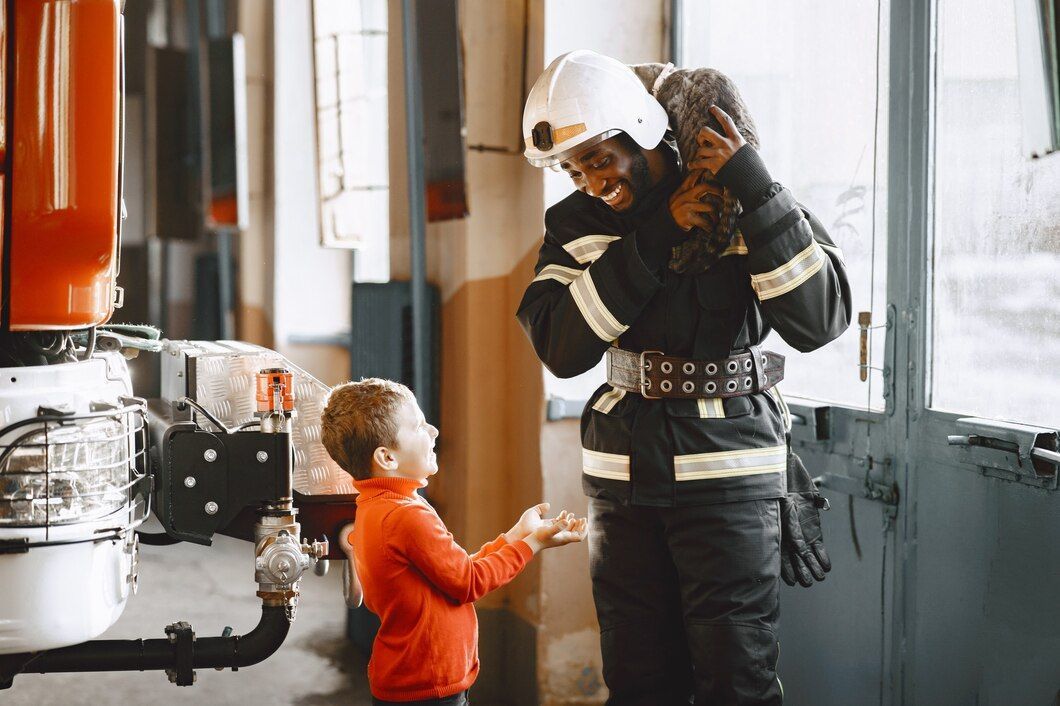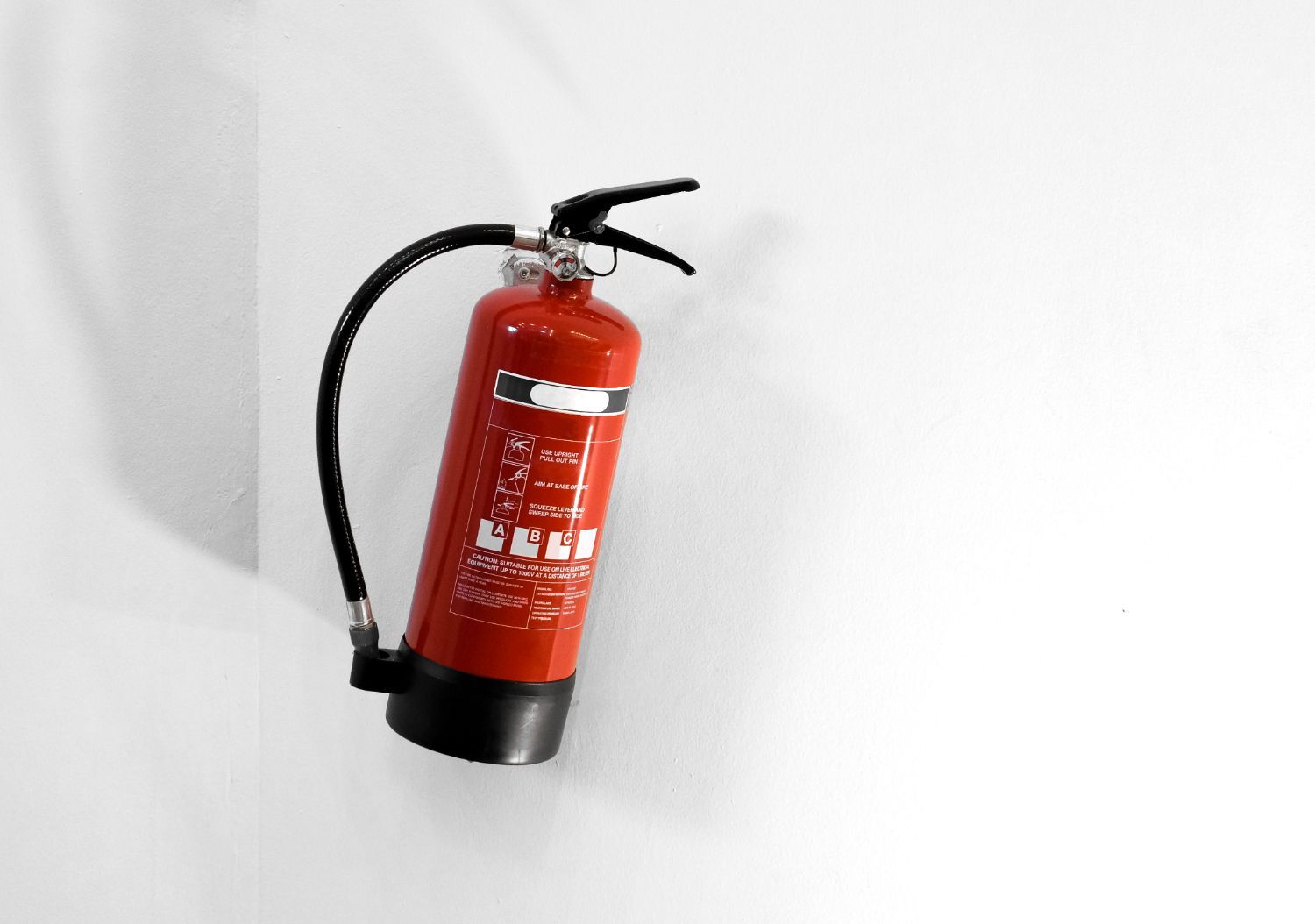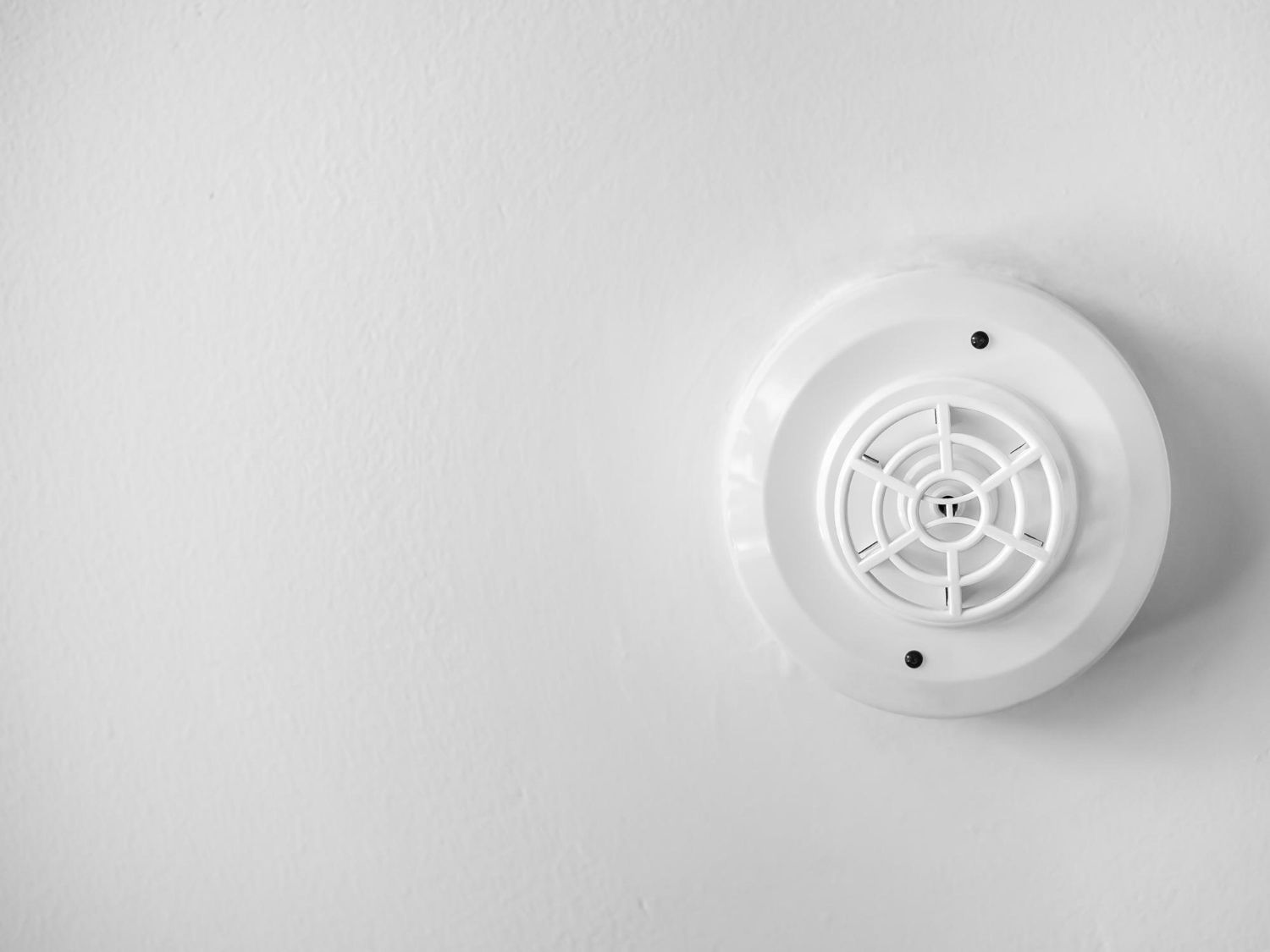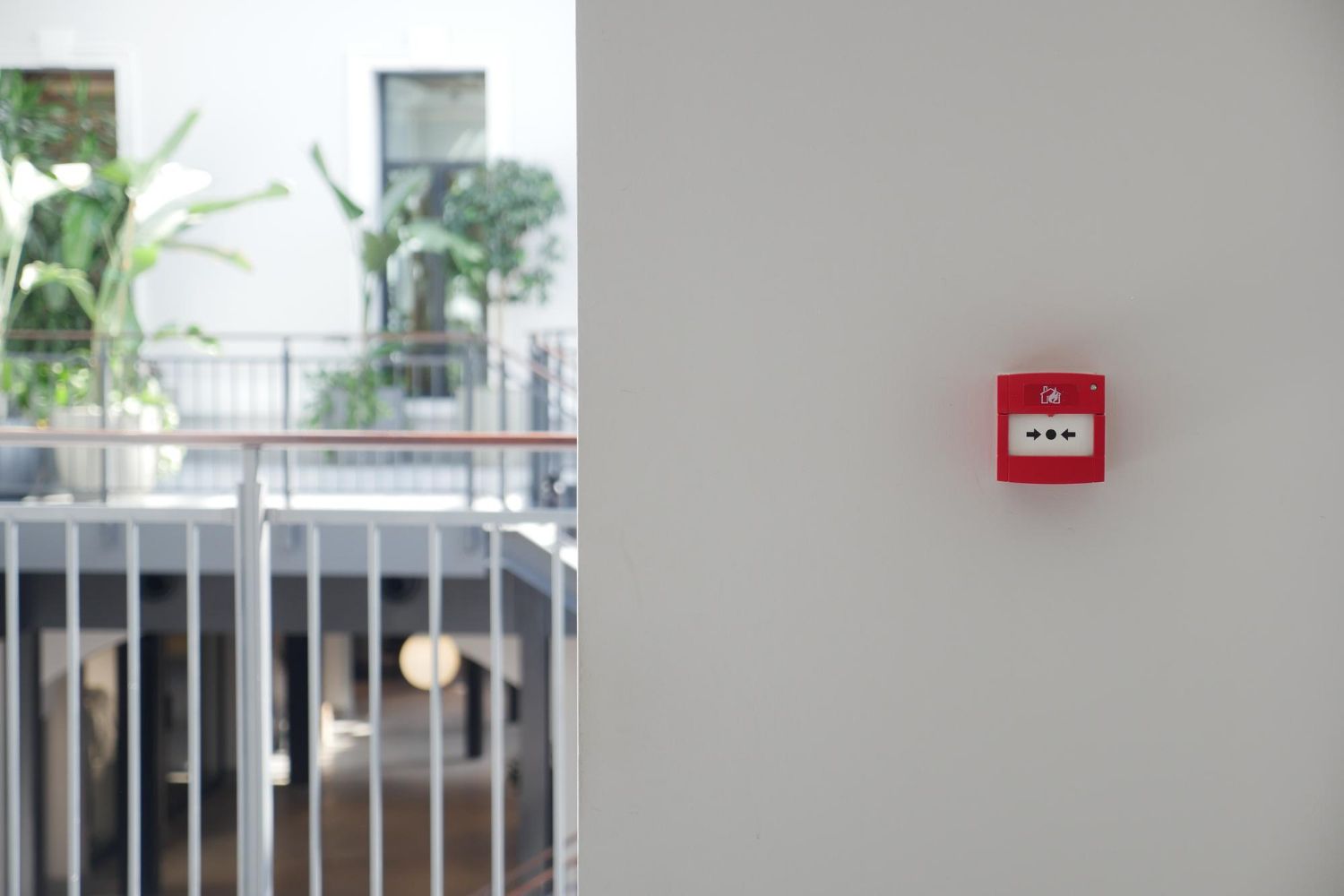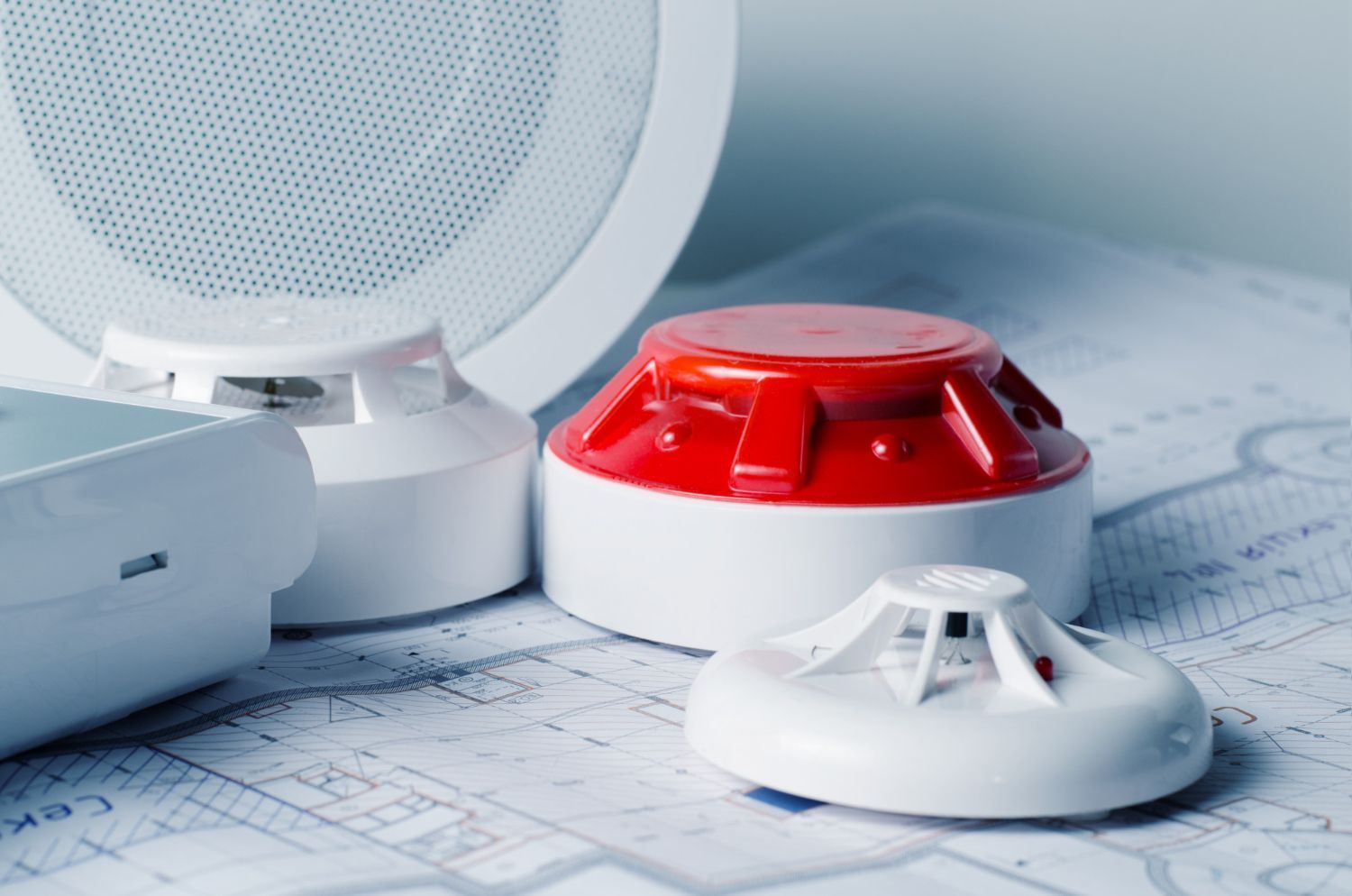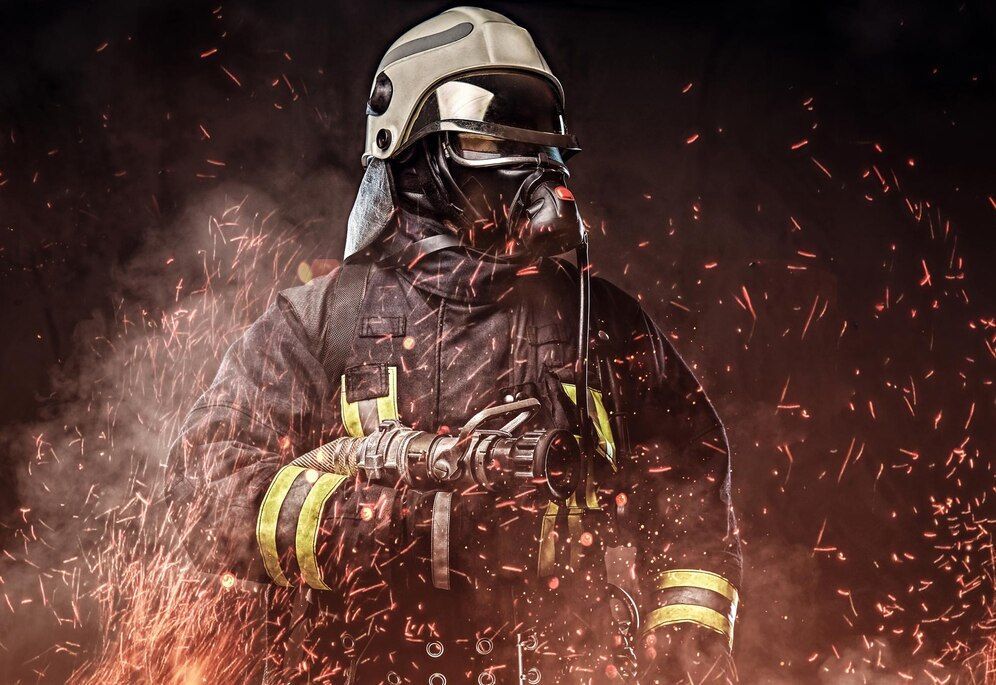Board of Fire Commissioners, Fire District 3,
Township of Old Bridge
Board of Fire Commissioners
Fire District 3
Township of Old Bridge
Inclusive Emergency Preparedness: A Guide for People with Disabilities
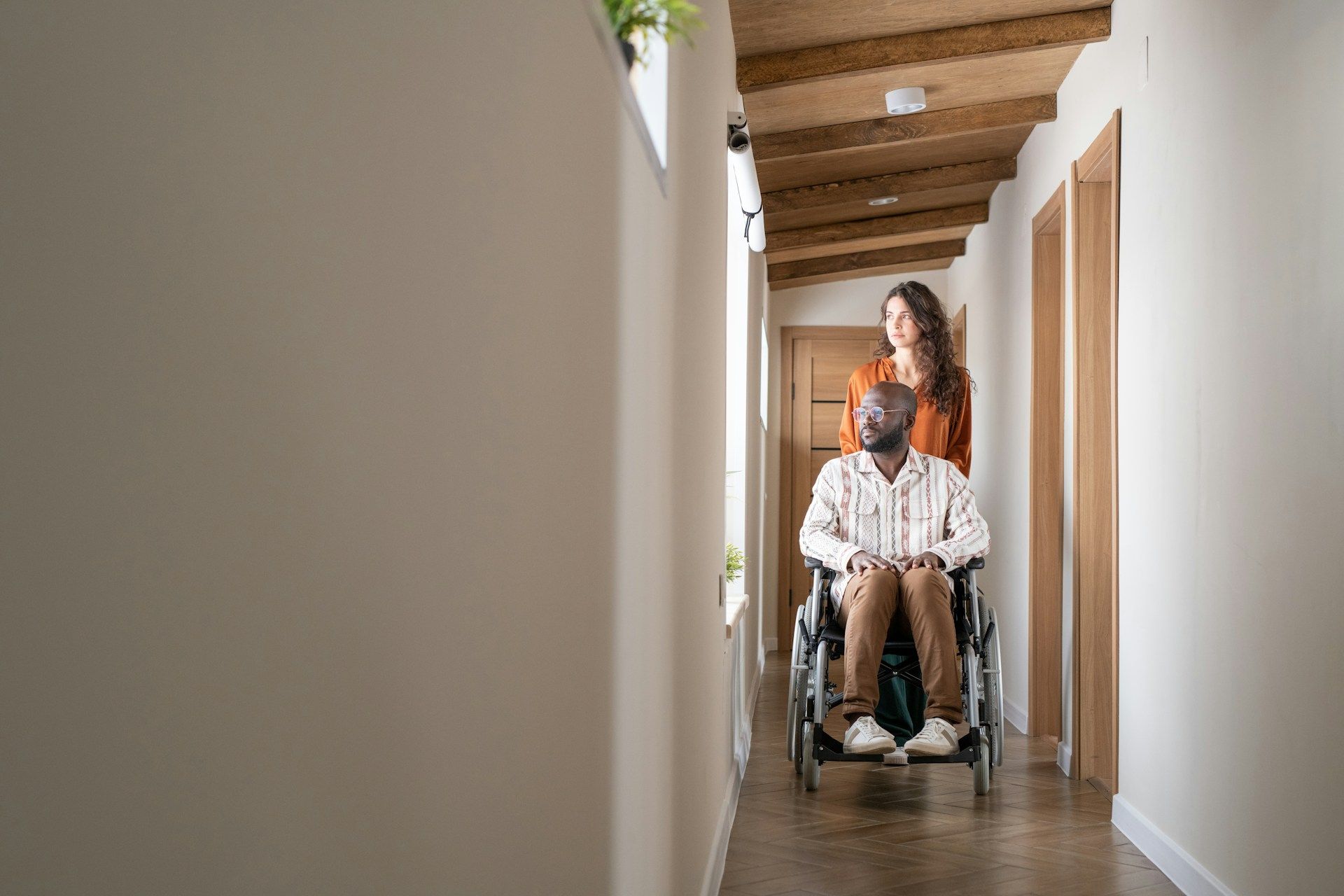
In our ongoing commitment to fostering safety and protection for all citizens in our district, it's crucial to address the unique needs of people with disabilities in emergency preparedness plans. Planning for emergencies like fires, earthquakes, or severe weather events requires accessible and inclusive measures that cater to different disabilities. By promoting emergency preparedness plans that consider accessibility, we can enhance safety and confidence for people with disabilities and their families.
People with disabilities often face distinct challenges during emergencies, such as difficulties moving quickly, limited communication capabilities, or the need for essential medical equipment. To address these challenges, we need to create emergency plans tailored to their individual needs, promoting a safer and more inclusive environment both at home and in the broader community.
In this article, we will explore the critical aspects of emergency preparedness for people with disabilities, focusing on practical tips and resources to create accessible and inclusive plans. By offering essential guidance on topics such as communication, accessible evacuation routes, and emergency kits tailored to specific needs, our goal is to empower and support individuals with disabilities and their families in crafting comprehensive preparedness plans.
Assessing Unique Needs and Developing Personal Plans
The first step in creating an inclusive emergency plan is to assess the unique needs and capabilities of the individual with a disability. Some factors to consider include:
1. Mobility: Evaluate the person's mobility and identify any support equipment, such as wheelchairs, walkers, or canes, that may be needed during an emergency evacuation.
2. Communication: Consider communication challenges and establish methods to receive and share emergency alerts and information effectively.
3. Medical Needs: Identify essential medical supplies, equipment, and medications that should be readily available in case of an emergency.
4. Support Network: Establish a network of family members, friends, or caregivers who can assist during an emergency and ensure that they are familiar with the person's needs and emergency plan.
Accessible Communication and Alerts
Accessible communication is vital for people with disabilities, especially during emergencies. Here are some guidelines for improving emergency communication accessibility:
1. Use Multiple Channels: Emergency alerts and information should be available through various channels, such as radio, TV, social media, and accessible websites or mobile apps.
2. Visual Alerts: Ensure access to visual alerts, such as captioned TV or mobile devices with flashing or vibration alerts for those who are deaf or hard of hearing.
3. Audio Alerts: Have access to audio announcements and text-to-speech technology for individuals who are blind or visually impaired.
4. Clear Language: Ensure emergency information is presented in a clear and concise manner, using plain language and avoiding jargon that may be difficult to understand.
Accessible Evacuation Plans and Routes
Accessible evacuation plans and routes are crucial for people with disabilities, ensuring a safe and efficient exit from their homes or public spaces during an emergency. Here are some considerations:
1. Accessible Exits: Designate accessible exits that cater to the individuals' mobility needs, and make sure their support equipment can pass through doorways and down corridors.
2. Clear Pathways: Keep evacuation pathways clear of obstructions, and remove potential tripping hazards that could impede the evacuation process.
3. Signage: Use large, high-contrast signage with Braille and tactile characters to clearly identify evacuation routes and assembly areas.
4. Practice: Regularly practice evacuation drills with the person with a disability and their support network to ensure familiarity with the process and any challenges that might arise.
Creating an Accessible Emergency Kit
An accessible emergency kit is essential to address the unique needs of people with disabilities. Here are some items to include:
1. Mobility Equipment: Include portable assistive devices or support equipment, such as folding canes, compact walkers, or wheelchair repair kits.
2. Communication Devices: Have alternative communication devices, such as back-up hearing aids, whiteboards, or text-based phone applications for those with communication challenges.
3. Medicine and Medical Equipment: Store essential medications and medical equipment, like catheter supplies, insulin, or oxygen tanks, in easily accessible locations.
4. Backup Power: Provide backup power sources for essential devices, such as motorized wheelchairs, hearing aids, and communication devices.
Final Thoughts
Emergency preparedness planning for people with disabilities is essential in ensuring the safety and well-being of all members of our community. By assessing unique needs, implementing accessible communication and evacuation plans, and creating tailored emergency kits, we can help to ensure that individuals with disabilities and their families feel confident and secure in their ability to respond to emergency situations.
At the Board of Fire Commissioners, Fire District 3, Township of Old Bridge, we are dedicated to sharing our knowledge and expertise to help everyone in our community stay safe and thrive.
Visit our website at the
Board of Fire Commissioners, Fire District 3, Township of Old Bridge, for a wealth of resources on fire protection, incident response, public education, and fire code enforcement. Together, we can create an inclusive and resilient community that proactively addresses the needs of people with disabilities in emergency preparedness planning.
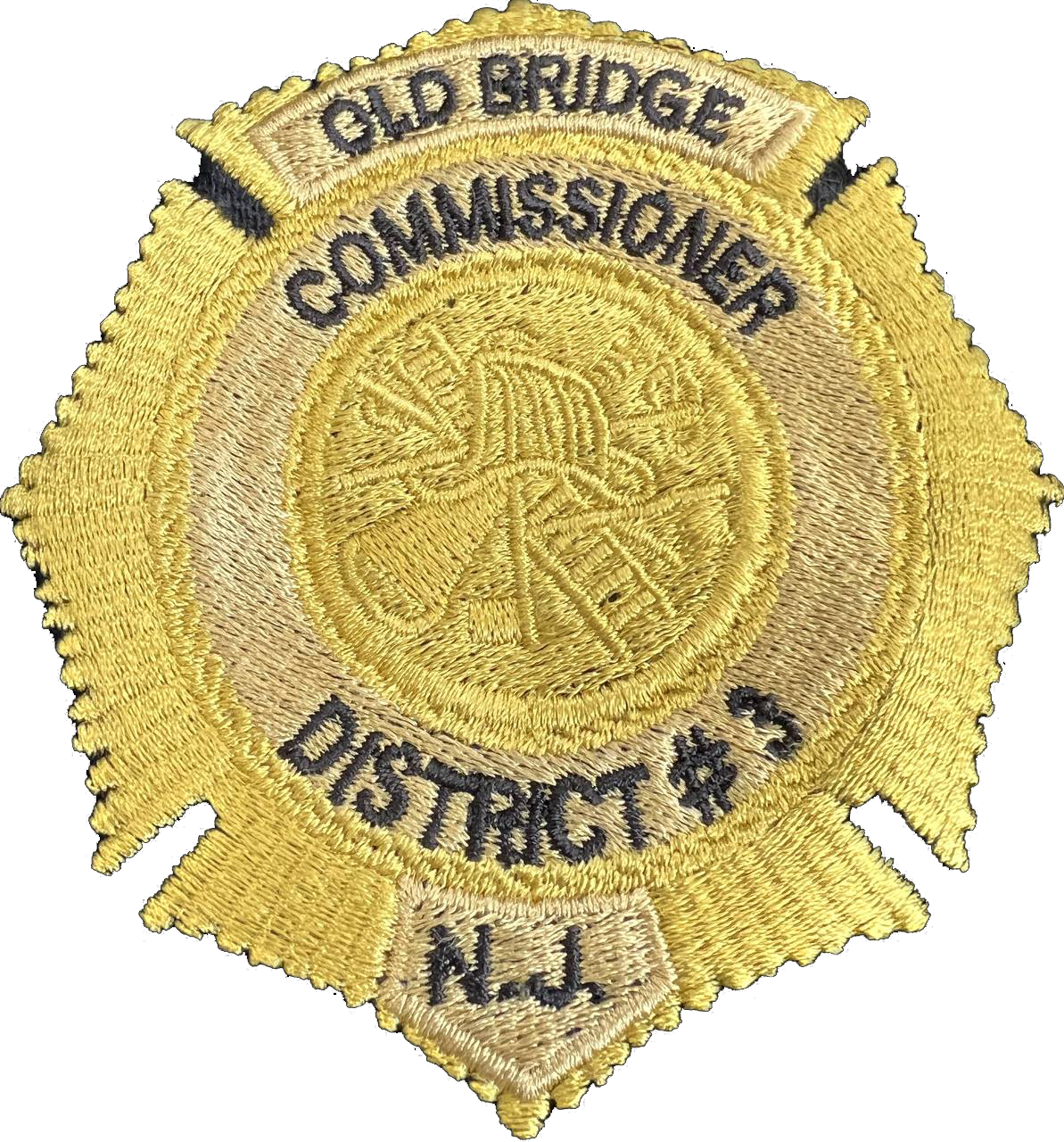
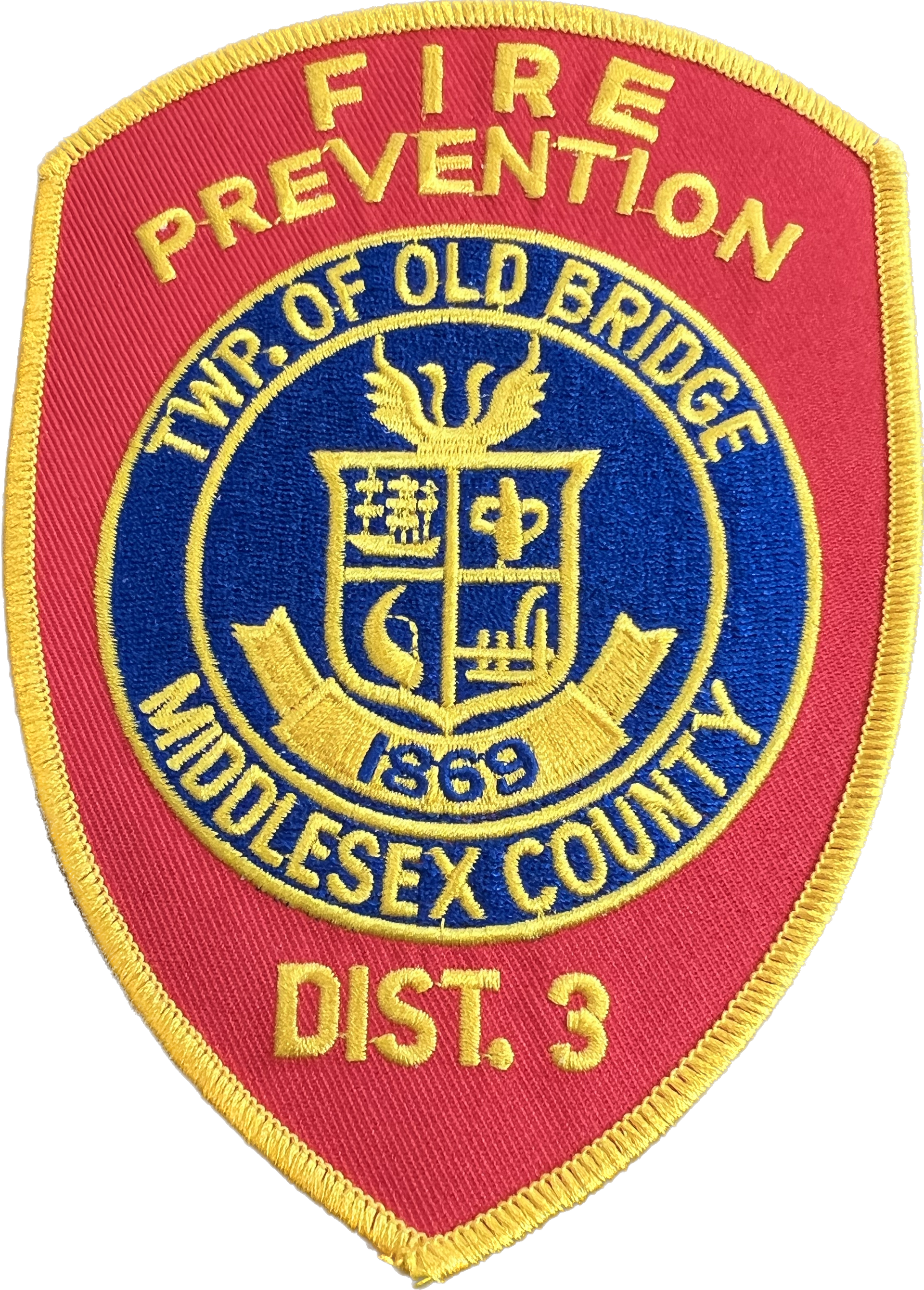
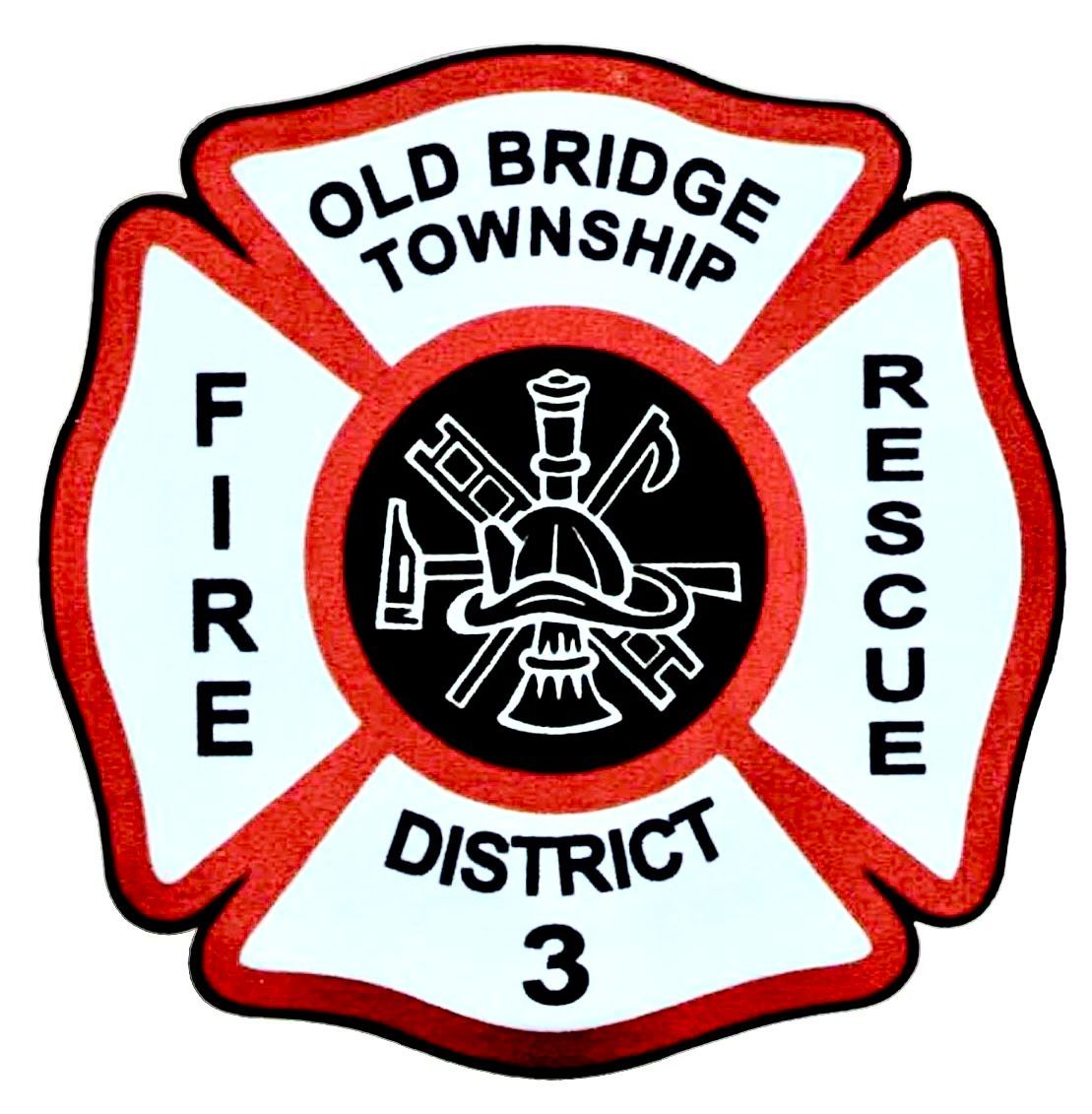



Phone: 732-723-1124 | Email: firedistrict3@obfd3.com
Address: 913 Englishtown Road Old Bridge, New Jersey 08857
We are closed daily from 12 Noon to 1pm for lunch
© 2023 All Rights Reserved | Board of Fire Commissioners, Fire District 3, Township of Old Bridge
All Rights Reserved | Board of Fire Commissioners, Fire District 3, Township of Old Bridge
